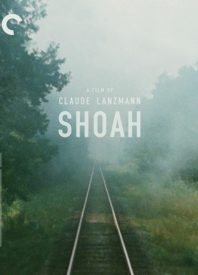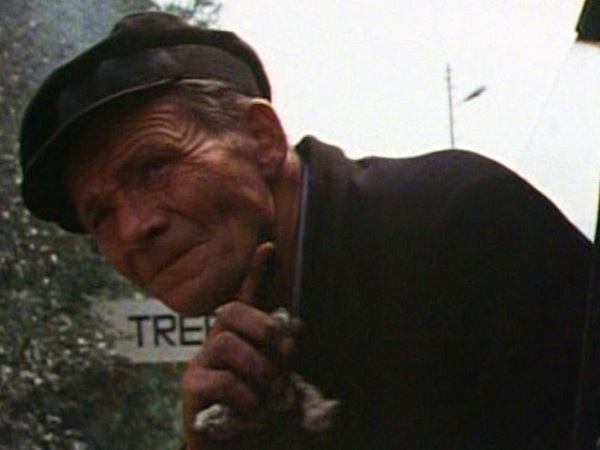
In April 2010, there was a Holocaust educational trip I attended called March of the Living, in which high school students would spend a week in Poland and Israel. During that week in Poland, we would visit various cities in which Jewish populations were once sizable, only to be liquidated, and at death camps, such as Auschwitz, Treblinka, Majdanek and Belzec, where they met their demise.
We were privileged to be joined by survivors throughout this trip, hearing their traumatic testimonies in an almost unwavering, matter-of-fact nonchalant fashion. Being the grandson of Holocaust survivors, it was surreal to know that some of these survivors were friendly with my own grandparents (I only found out a few years ago that my maternal grandfather was liberated from Dachau). But aspects of the Shoah have always lied on the margins of my own existence. It’s interesting to consider that twenty-five years prior to my arrival in Poland, Claude Lanzmann captured this kind of testimony on film.
Shoah, which comes out on digital platforms today, is not an easy documentary to watch in one sitting. Throughout the film’s 9 ½ run time, it almost requires your concentration and demands your attention. Many have cited it as one of the best documentaries on contemporary history. But looking at temporary history now, between white-supremacist factions and online forums that still dabble in Holocaust denial, it’s a wonder how Lanzmann’s film has not gained more notoriety in the public consciousness. In terms of Holocaust cinema, Schindler’s List acts more like a college essay, whereas Shoah acts like a P.H.D. dissertation, shining a spotlight on all sides of the tragedy.
Memory is at the forefront of Lanzmann’s decision to forgo the use of archival footage, as most of this footage from the Holocaust period was made for propaganda purposes by the Nazis, and subsequent footage from the liberation of the camps shot by the Allied forces were taken after the atrocities took place. Using any of this would be compromising to the conversations between Lanzmann and his subjects. The value of testimony becomes the most imperative use of Lanzmann’s storytelling, retelling aspects of the same atrocities over and over again from different perspectives, whether it’s the farmers of Treblinka, the town’s train operator, survivors of the camp, and even the perpetrators who supervised the construction and extermination, in order to comprehend to the audience how any of this could ever happen, and how it operated.
What’s most interesting to watch is the interaction Lanzmann has with non-Jewish Polish bystanders, who were aware of what was going on, but seemed very indifferent to their surroundings. In one sequence with Simon Srebnik, a survivor from Chemno who serenades the audience at the beginning of the documentary with a work song he was forced to perform for the Nazis, he stands outside a Catholic church while bystanders testify to their feelings of what happened to the Jews of the town, which soon descends into a frenzied man alleging that the Holocaust was vengeance for the Jews killing Jesus, while Srebnik continues to stand there with no emotion.
Though the phrases “Never Forget” or “Never Again” seem to ring hollow with similar atrocities happening worldwide at this very moment, Shoah is a documentary that shows the horror of what humanity is capable of doing. It’s not only important to bear witness and learn from it, but that we as humanity can and should do better.
Shoah is avaialble on the Apple TV app and iTunes.


